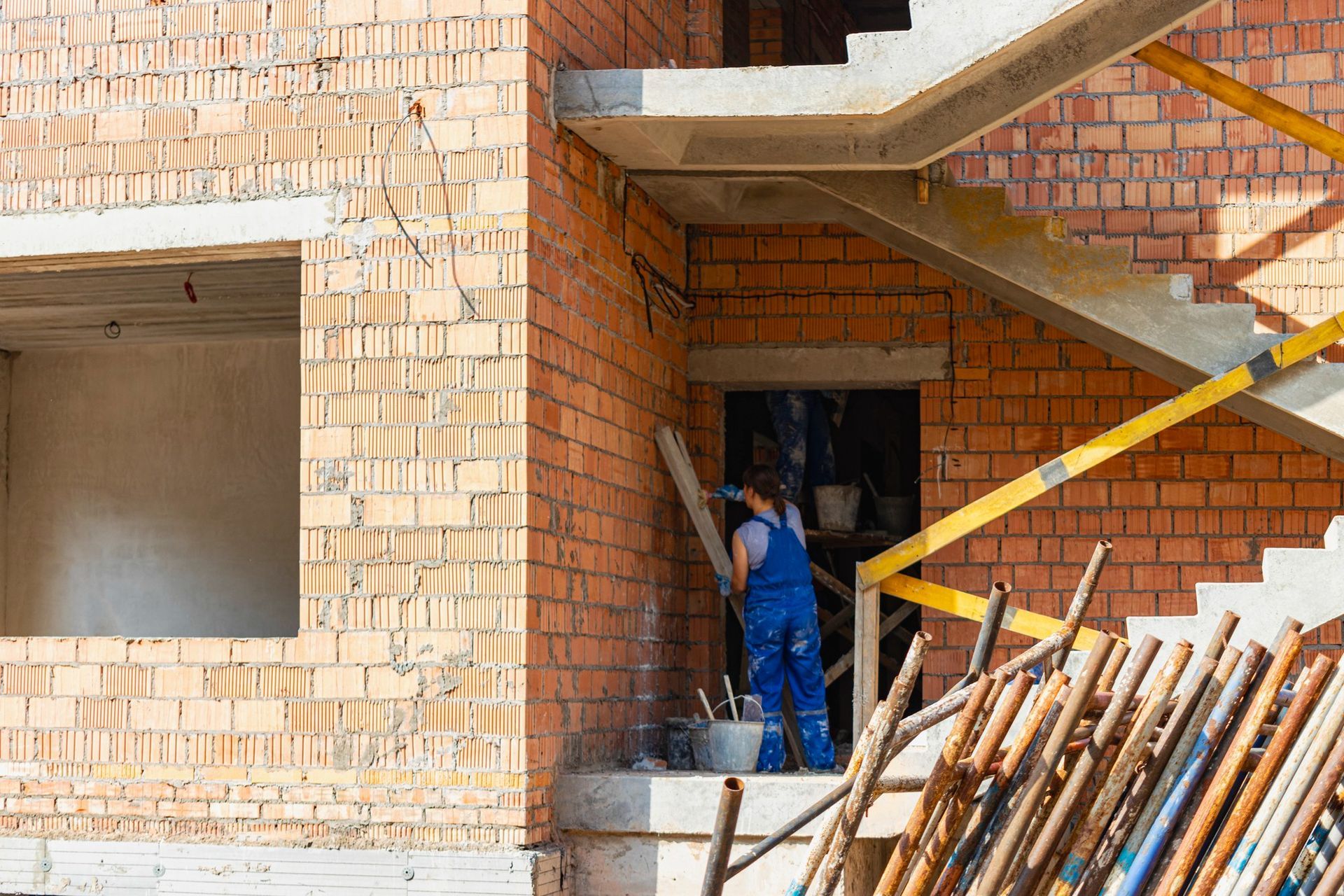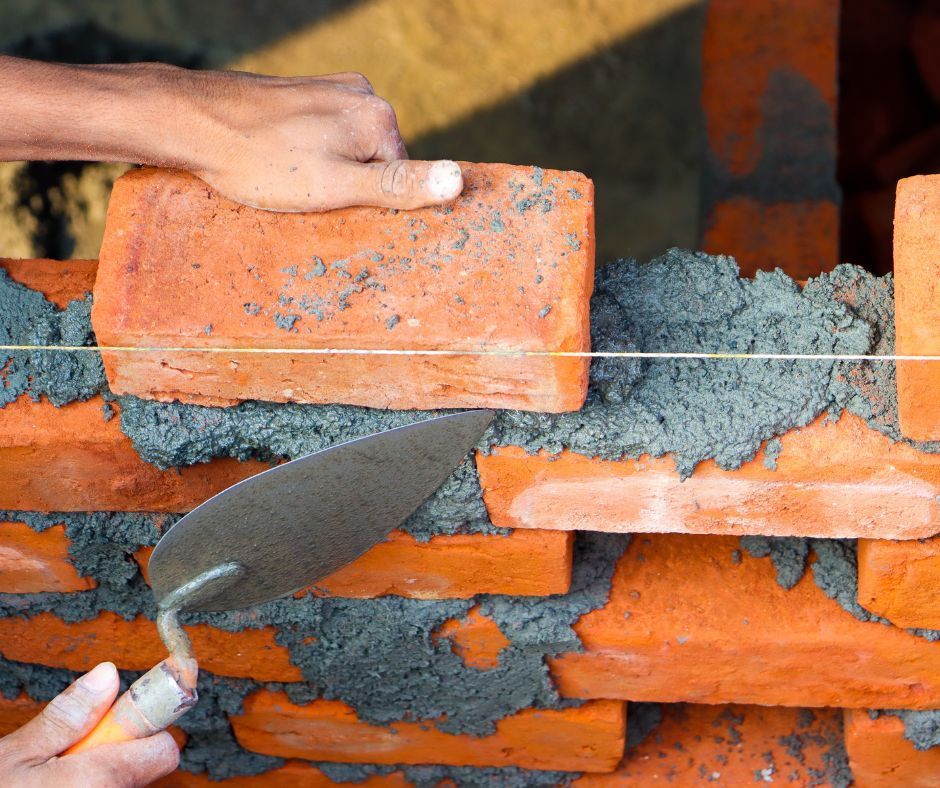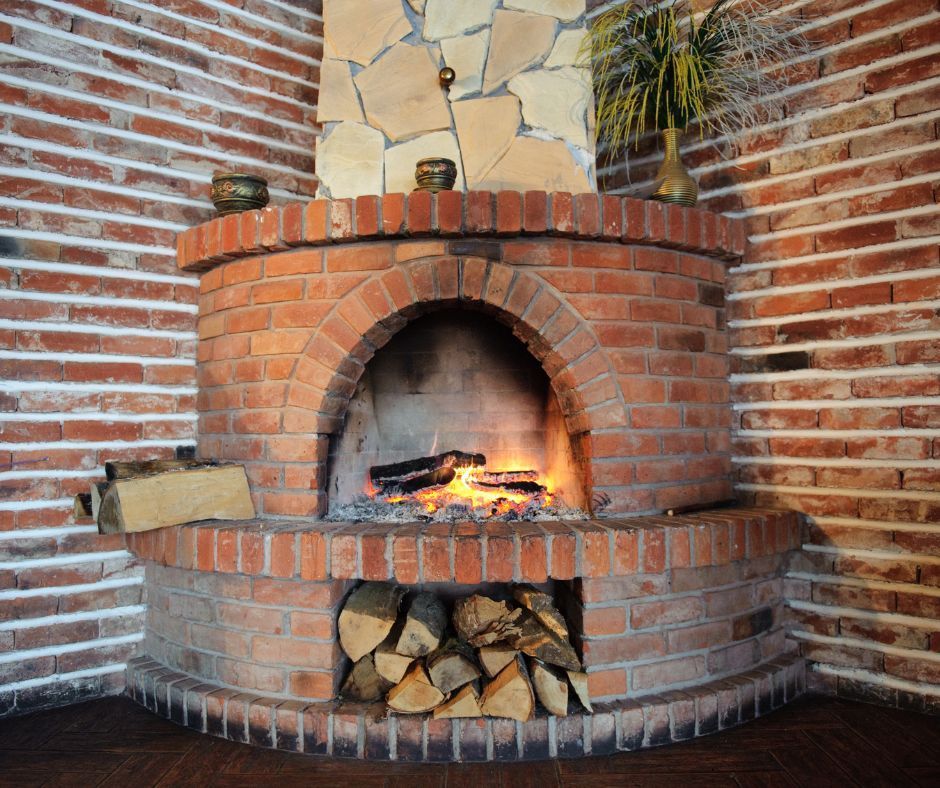Deeper Understanding of the Heritage Restoration Definition
Historical structures have an undeniable allure, narrating tales from days of bygone eras and preserving the weight of history in their very walls. Yet, as time passes, these structures inevitably show signs of wear, emphasising the critical importance of heritage restoration.
Heritage restoration is a meticulous process that isn't just about refurbishing bricks and mortar but also about a testament to the profound dedication to safeguarding the tangible remnants of our past.
In this blog post, we’ll talk about heritage restoration definition and the considerations revolving around it.
Heritage Restoration Definition
Heritage restoration is the careful and deliberate process of preserving historical structures by repairing and conserving their brickwork. This specialised form of restoration aims to bring back the original authenticity and integrity of these buildings.
Through meticulous craftsmanship, it involves repairing, cleaning, and preserving the brickwork, ensuring that the structures not only regain their timeless appeal but also retain their historical significance.
This restoration is a dedicated effort to breathe new life into architectural treasures, preserve their cultural value, and allow them to stand the test of time for future generations to appreciate.
Types of Heritage Property
Explore various types of heritage property and delve into their distinct characteristics and styles.
Buildings
Heritage buildings are structures that hold historical, architectural, or cultural significance. These can include residential houses, commercial buildings, religious structures, or public buildings. Preserving them is vital to maintaining a connection with history and learning about how architecture and culture have evolved in a particular area.
Structures
Heritage structures encompass a wide range of constructions beyond traditional buildings. This category includes bridges, monuments, statues, and other man-made formations that have historical or cultural value. These structures often serve as landmarks, kept intact to preserve a community's identity and heritage.
Gardens and Landscapes
Heritage gardens and landscapes refer to outdoor spaces that have been intentionally shaped or cultivated over time for historical or cultural reasons. This category includes formal gardens, parks, and landscapes associated with historic estates.
Sites and Places
Heritage sites and places encompass various locations significant to history, culture, or archaeology. This category can include archaeological sites, battlefields, indigenous cultural sites, or places associated with historical events. These sites are essential for understanding the roots of a community or nation.
Crucial Considerations on Restoring Heritage Buildings
Before starting your heritage restoration project, you need to consider important factors in legal, structural, and financial aspects.
Here are some of the crucial heritage restoration considerations:
Legal and Planning Regulations
Heritage properties often come with a set of legal and planning regulations aimed at properly and carefully preserving their historical and cultural significance. Before initiating any restoration work, it is imperative to reach out to your local council for a guided process of complying with the legal and planning requirements.
Structural Assessments and Conservation Guidelines
A thorough structural assessment of the heritage property is vital before commencing the restoration process. Engaging with qualified architects, structural engineers, and conservation specialists will help identify the condition of the building, potential risks, and necessary conservation measures.
Budgeting for Restoration
Heritage restoration projects demand meticulous budgeting to ensure the vision aligns with financial capacity. The overall cost of a restoration project will depend on the scale of the project, the extent of the restoration, and the cost of materials and labour. Contingency funds should also be factored in for unforeseen challenges that may arise during the restoration process.
Funding Options
Restoration projects can be financially intensive, and exploring funding options is a crucial step. In Australia, there are various financial aid and funding programmes available for a heritage restoration project.
Professional Help
Hiring a professional team is crucial, as they can accurately assess the historical and architectural nuances of a structure, ensuring a careful restoration process. They are well-versed in using traditional building materials and techniques to
maintain the authenticity and integrity of the heritage site.

Who Should You Call for Restoring Heritage Buildings?
Preserving the rich tapestry of our heritage requires more than just technical proficiency. It demands a profound respect for conservation principles and unmatched craftsmanship.
One name stands out above the rest when it comes to restoring heritage buildings, and that’s Keystone Pointing. With extensive hands-on experience in heritage restoration, we have earned a reputation for excellence in the field.
We strive to revive the soul of all types of heritage property, allowing it to stand as a living testament to past eras. Our approach involves a delicate balance between restoration and preservation, ensuring that future generations can continue to marvel at the architectural wonders of the past for many more years to come.
Discover how we can breathe new life into heritage structures while ensuring their preservation through our comprehensive services, including brick repointing, tuckpointing, wall tie replacement, and arch bar replacement.
Contact our dedicated team today to discuss your heritage restoration needs!
CONTACT US
Contact us today for your free consultation.
We service all of Sydney including Sydney city, Eastern Suburbs, Northern Beaches, Inner West, South West, Western suburbs and North Shore.
Blog Post Contact Form
We will get back to you as soon as possible.
Please try again later.
More Posts Like This:
CONTACT US
Contact us today for your free consultation.
We service all of Sydney including Sydney city, Eastern Suburbs, Northern Beaches, Inner West, South West, Western suburbs and North Shore.
Footer Contact Form
We will get back to you as soon as possible.
Please try again later.

Keystone Pointing is Sydney’s leading brick repointing and masonry restoration specialists with over 14 years industry experience.
BUSINESS HOURS
- Mon - Fri
- -
- Saturday
- -
- Sunday
- Closed
Licence number: 361776C
ABN: 55275797857
Keystone Pointing | Proudly Powered by DSD


